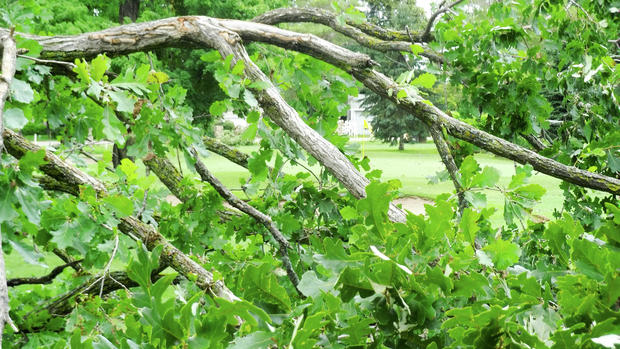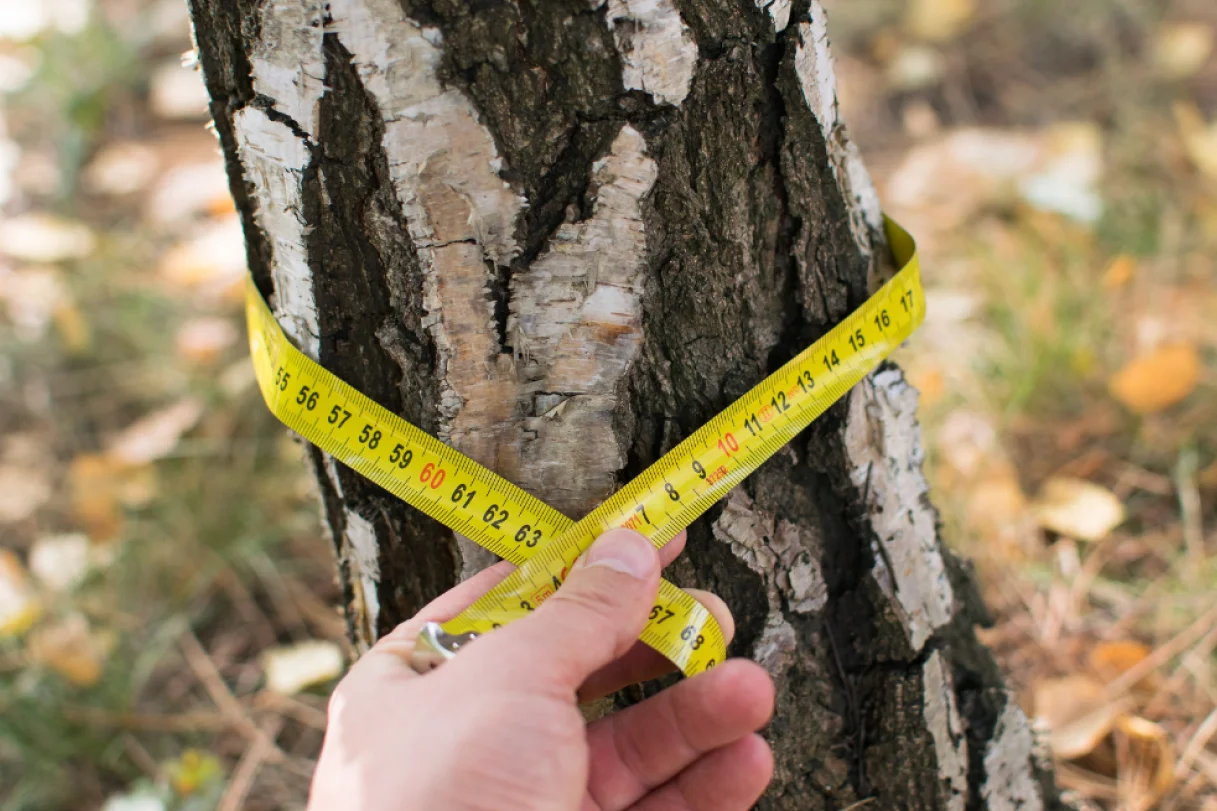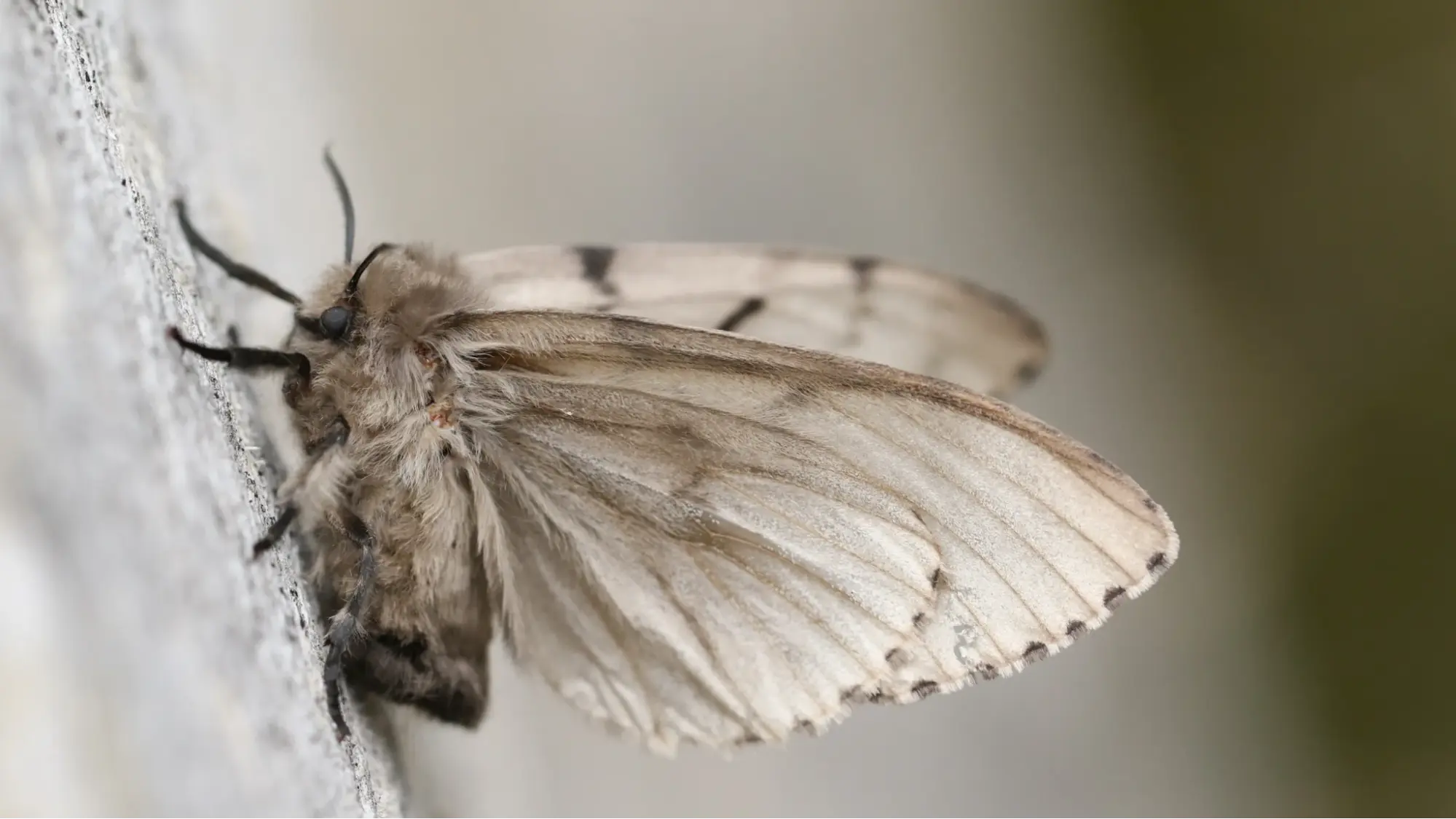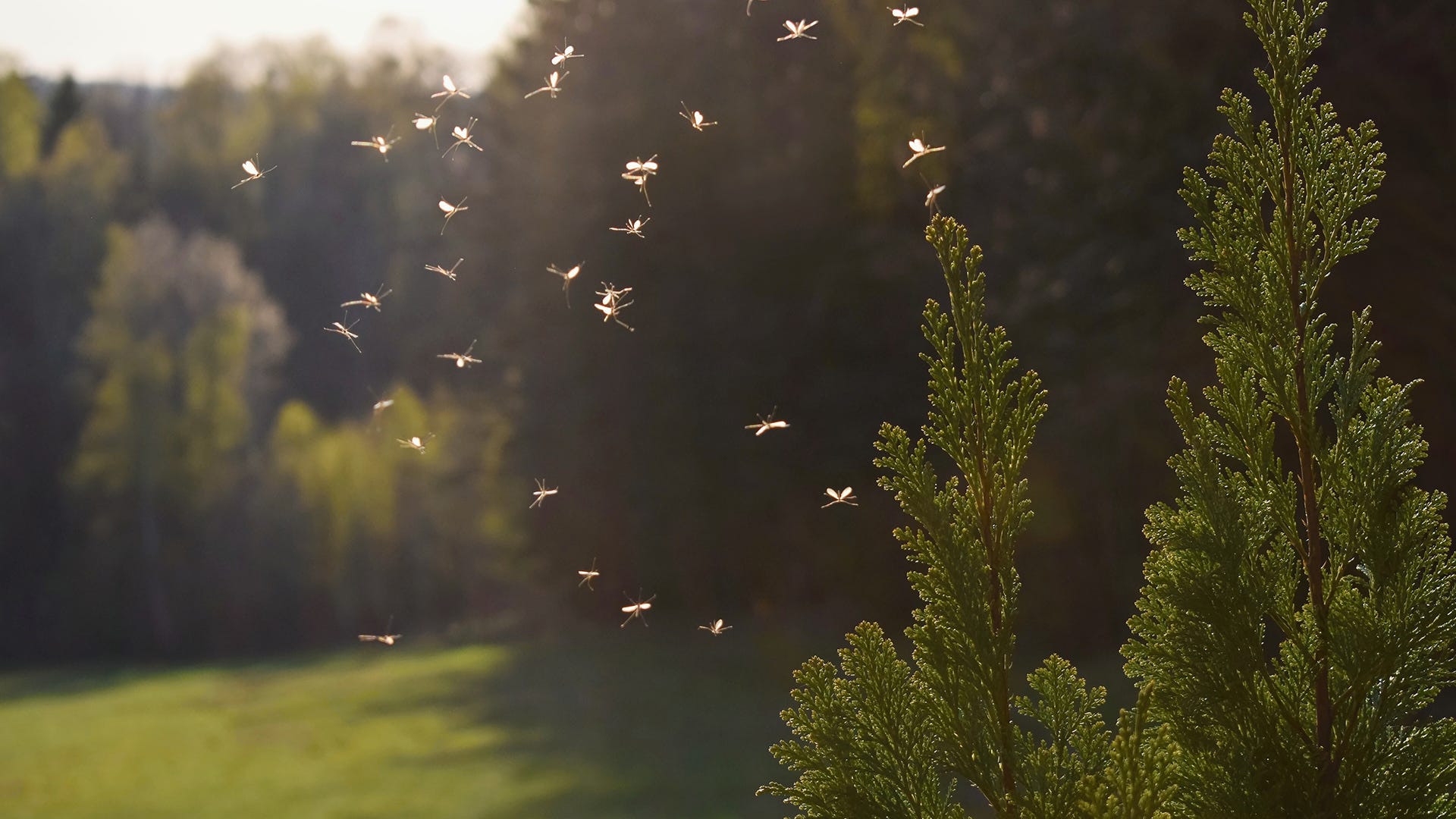How can you tell when a tree has disease or infection? Disease within a tree is most commonly identified through indications of disease seen in the crown, on foliage or stems of a tree. While determining and managing such issues can be an intimidating thing, understanding their components is important.

It’s important to note that the failure to examine tree roots when suspicious of disease may veil significant proof of its presence. This is often a place where issues are most pertinent.
Yet, for major issues and infections, manifestations of such problems are generally shown in other parts of the tree. The identification and management of tree infirmity relies upon an individual's underlying acknowledgment andunderstanding of its indications.
A few manifestations of tree disease are easier to recognize than others, like withered leaves and stems with blisters. However, others are much more reserved and non-visual, and may be difficult to recognize from changes that happen in a tree's ordinary pattern of development.
For example, numerous trees drop their leaves and stop developing during winter or dry seasons as a normal part of their cycle, a thing that can also be indicative of disease if not in the right context.
Because of this, it is consequently essential to comprehend a tree's specific, ordinary patterns of development, understanding what normal changes are like from one year to the next, while taking conditions at specific sites into account.
The following are four types of categories of tree issues, and their elements.
Altered development:
- Colour changes in crown – Change of shading; loss of shading or general discolouration.
- Change in form or shape – Development of swellings and bunches; broken or split surfaces, damaged leaves and stems.
- Growth disturbance – Growth stimulation, hindered or decreased growth.
- Premature loss or development – Early leaf drop or ripening.
Demise:
- Blight – Severe and quick loss, growths or damage to leaves, blossoms and stems.
- Dieback – Progressive loss of shoots, leaves and roots, usually starting at the tips.
- Wilt and collapse – Visual drooping or drying from inadequate water supply.

Localized demise or necrosis:
- Spots and lesions – Small visually diseased regions like coloured blotches, scabs and pits.
- Cankers – Cankers can fluctuate in appearance, from those with indented centers, to some with raised edges and others with more broad swellings.
- Rots and decays – The rot of a region, usually happening inside larger branches or trunks.
Physical Damage:
- Damage by animal and insect – Visible openings, frass, inward or outward destruction from chewing.
- Pest infestation – Visible presence of bugs, parasitic beings and mycelium.
- General damage – Nonbacterial ooze, dripping and climatic damage.
- Other developments on trees – Parasitic plants, epiphytes, lichens, greeneries and algae.
Tree issues are a confusing thing. Similarly, determining them by their specific manifestations and indicators will inevitably include confusion. If you're ever unsure about developments in your trees, consulting a qualified arborist is essential. Professional tree trimming services not only help maintain the tree’s health but also ensure early detection of diseases and other issues.











